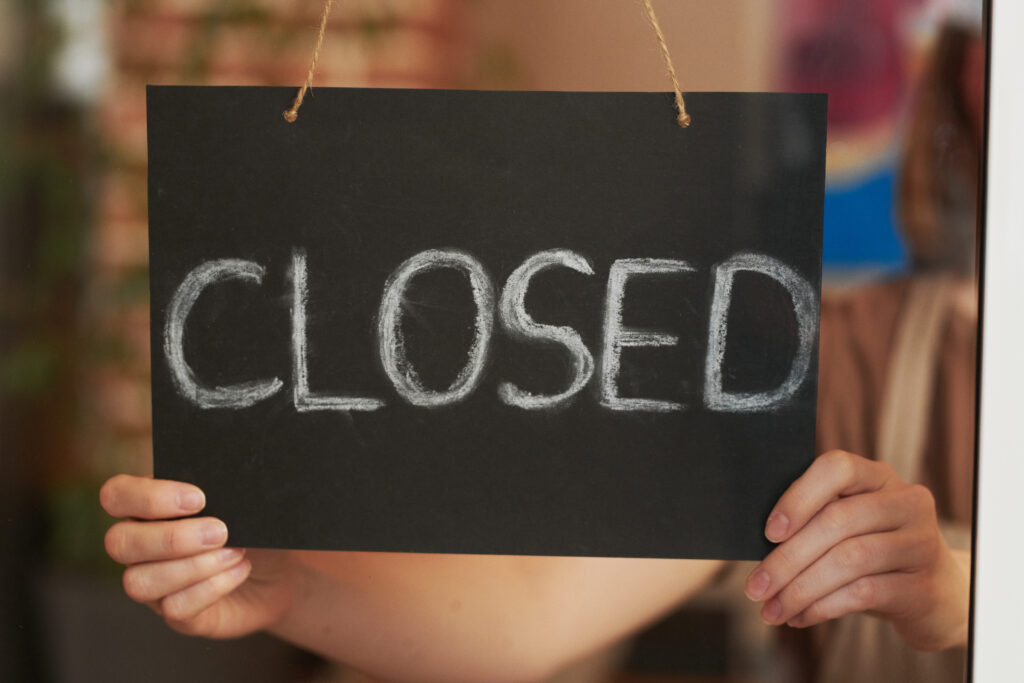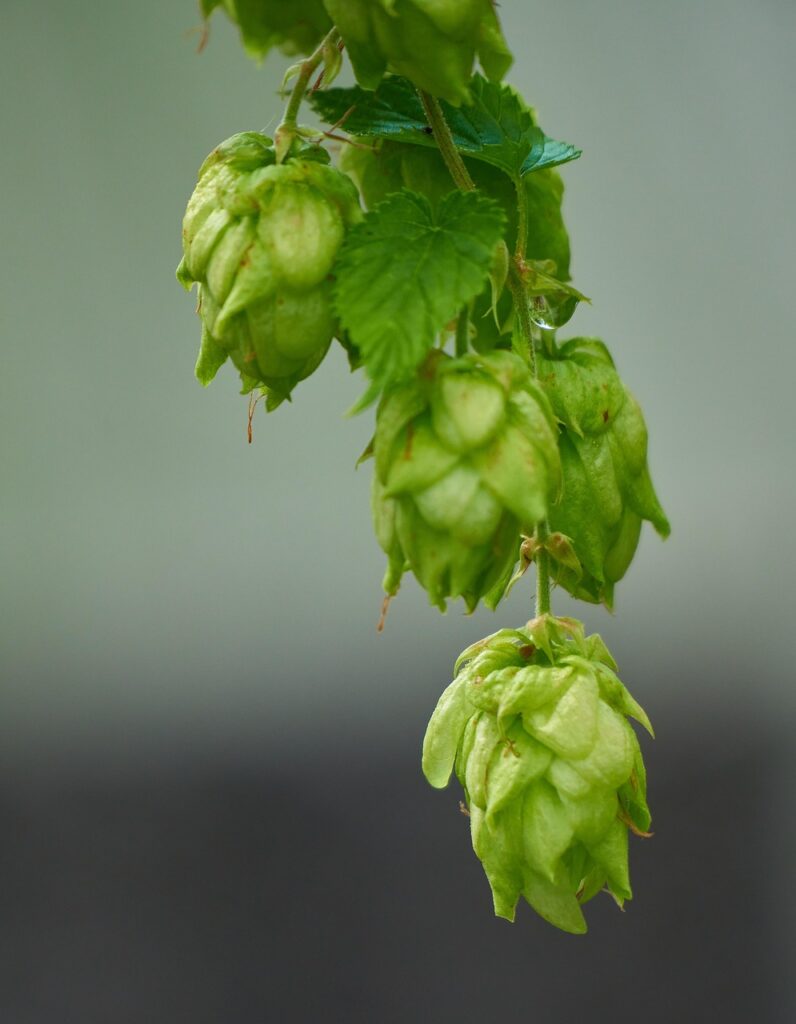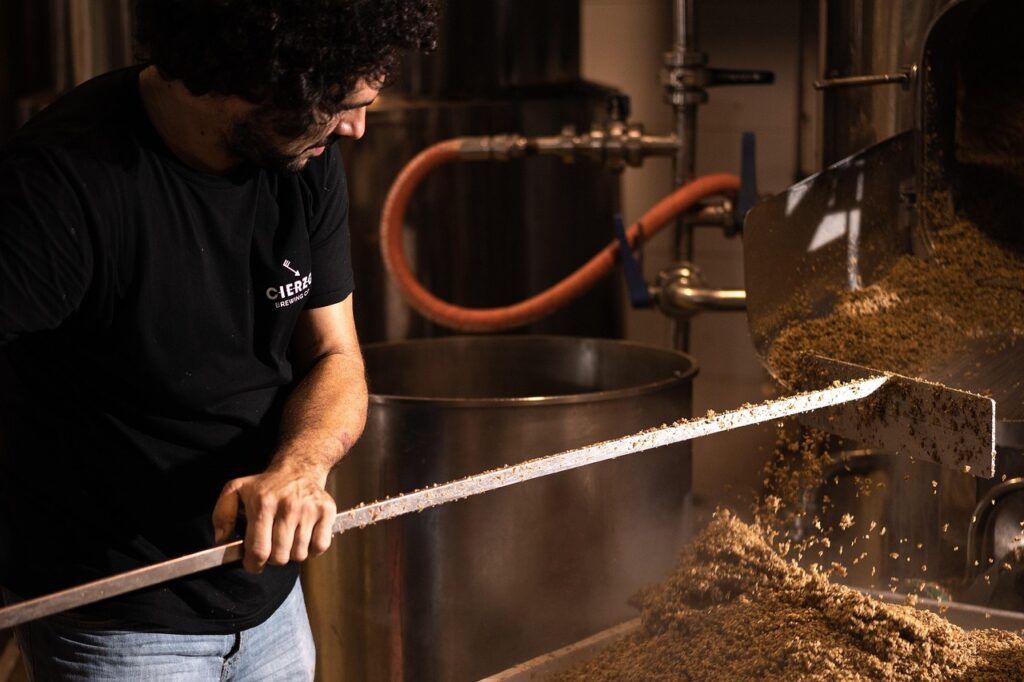The Decline of Craft Breweries: What It Means for Homebrewers and Beer Lovers
If you’ve been keeping up with the craft beer scene, you’ve probably noticed something unsettling—more breweries are closing than opening for the first time in nearly 20 years. And this isn’t just a national trend; it’s happening right here in Rochester, NY. Several local favorites have shut their doors recently, reflecting a broader shakeup in the industry. As someone who brews beer and shares that passion on my YouTube channel, ‘I Make Beer,’ I wanted to dig into why this is happening, what it means for homebrewers, and—most importantly—what we can do to support the craft beer community.

Brewery Closures Are on the Rise
The Brewers Association (BA) reported that 418 craft breweries closed in 2023, up 31% from 2022 (Brewers Association, 2024). And 2024 has already seen another decline, with closures surpassing openings. This marks a shift from the explosive growth craft beer saw in the 2010s. While there are still nearly 10,000 craft breweries in the U.S., many are struggling to stay afloat.
Why? Rising costs, shifting consumer preferences, and increased competition are the major culprits.
Why Are Breweries Closing?

1. The Cost of Everything Has Gone Up
Brewing ingredients, CO2, packaging, and shipping costs have all increased, squeezing margins. Many breweries couldn’t simply raise prices to match these costs because consumer demand has leveled off.
2. Beer Drinkers Have More Choices Than Ever
Hard seltzers, ready-to-drink cocktails, craft spirits, and even cannabis beverages have eaten into beer sales. Younger drinkers, in particular, are exploring alternatives.
3. Market Saturation and Competition
Craft beer is everywhere now, and while that’s great for variety, it makes it harder for small brewers to stand out. Some taprooms that once thrived now struggle to compete with bigger brands and larger craft conglomerates.
4. Regulatory Challenges
Some state laws make it difficult for small breweries to self-distribute or sell directly to customers. Limited access to retail shelves and restrictive distribution laws can stifle a brewery’s ability to grow.
What This Means for Homebrewers
So, how does this affect those of us brewing at home? A few key takeaways:
- Ingredient Costs Are Rising – If you’ve noticed an increase in the price of hops, malt, or yeast, you’re not alone. Poor barley and hops harvests in recent years have contributed to higher costs (Brewers Association, 2024).
- More Equipment on the Market – The unfortunate reality is that when breweries close, equipment often gets resold. This could be an opportunity for homebrewers looking to scale up or upgrade their setups.
- A Greater Focus on Local Beer Scenes – As smaller breweries struggle, homebrewers might play a bigger role in keeping craft beer alive at the grassroots level. Sharing homebrew at local events or collaborating with small breweries could become more common.
What Small Breweries Can Do to Survive

For those running or working at breweries, industry experts suggest several strategies to adapt:
- Diversify Offerings – Many successful breweries are adding non-alcoholic beer, hard seltzers, or spirits to their lineup.
- Enhance the Taproom Experience – Breweries that create a community space with events, music, and food options tend to attract more loyal customers.
- Focus on Direct Sales – Selling more beer on-site (rather than relying on distribution) helps breweries maintain stronger profit margins.
- Streamline Operations – Cutting unnecessary costs, optimizing supply chains, and forming partnerships with other small businesses can help breweries weather the storm.
How You Can Support Local Breweries
At the end of the day, small breweries need our support. If you love craft beer, here’s what you can do:
- Visit Your Local Taproom – Breweries make the most money when you buy beer directly from them.
- Join a Mug Club or Membership Program – Many breweries offer these as a way to encourage repeat visits.
- Buy Local Over Big Beer “Craft” Brands – Some large corporations own craft beer brands that might look independent but aren’t. Supporting true small brewers keeps the industry alive.
- Spread the Word – Share your favorite local breweries with friends, leave positive reviews, and tag them in social media posts.
The craft beer industry has been through ups and downs before, but right now, small breweries need all the help they can get. If we want to keep enjoying unique, locally made beer, we need to be intentional about where we spend our money.

So, next time you’re thinking about grabbing a six-pack or heading out for a drink, consider stopping by your local brewery instead. Your support could make all the difference.
Cheers to keeping craft beer alive! 🍻
